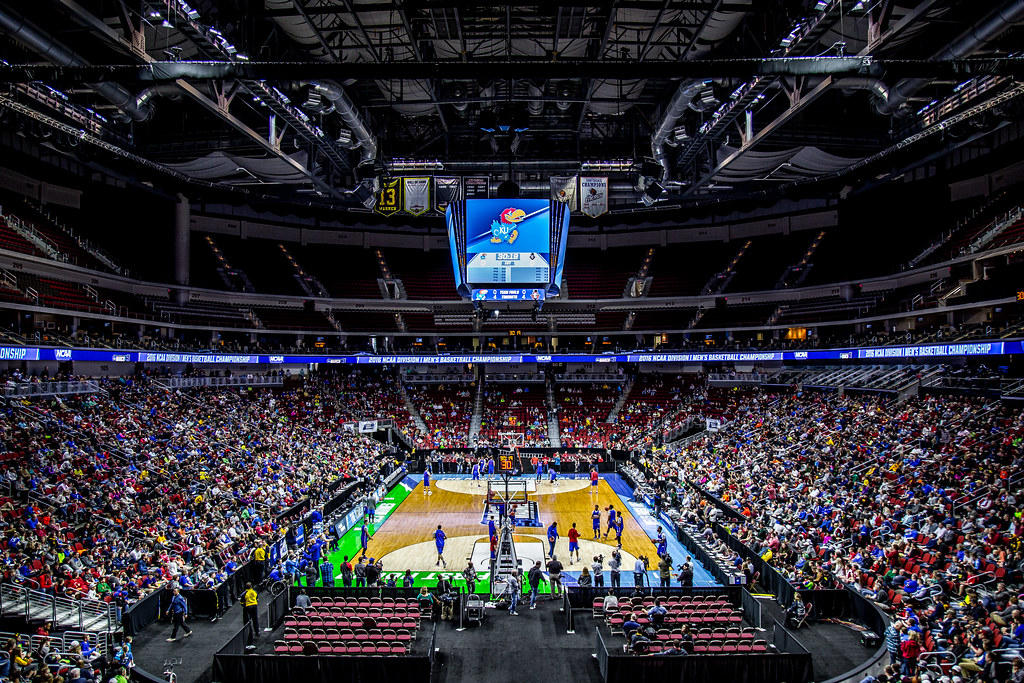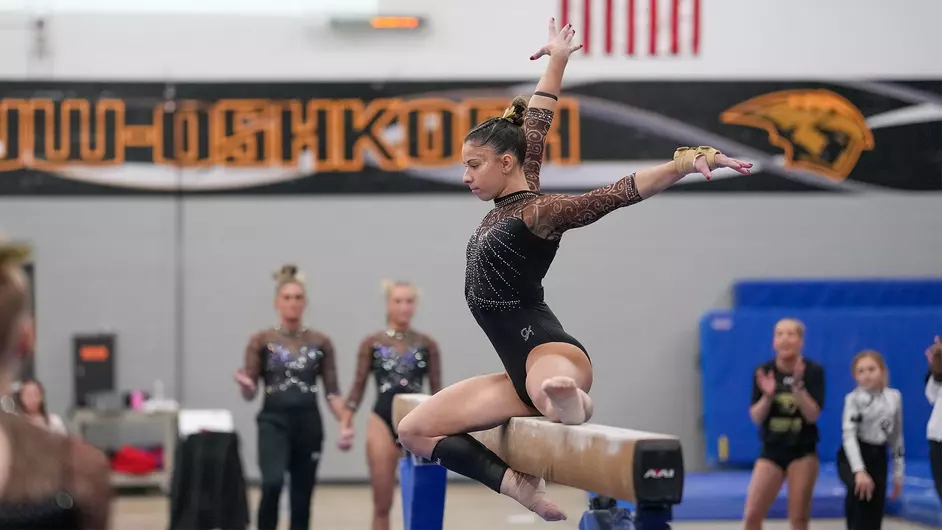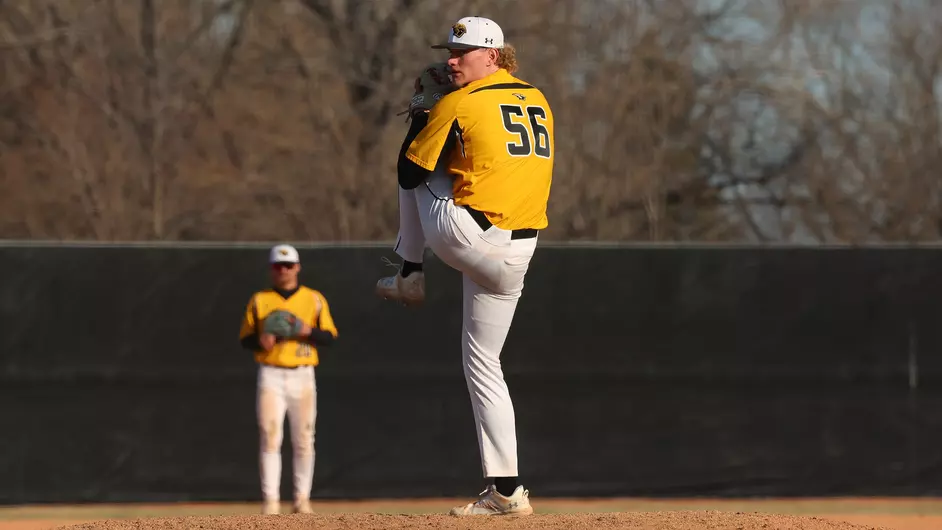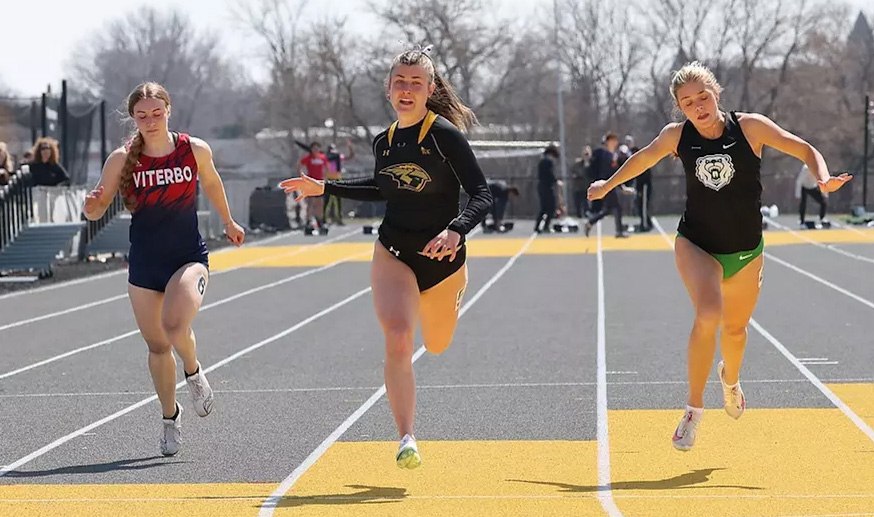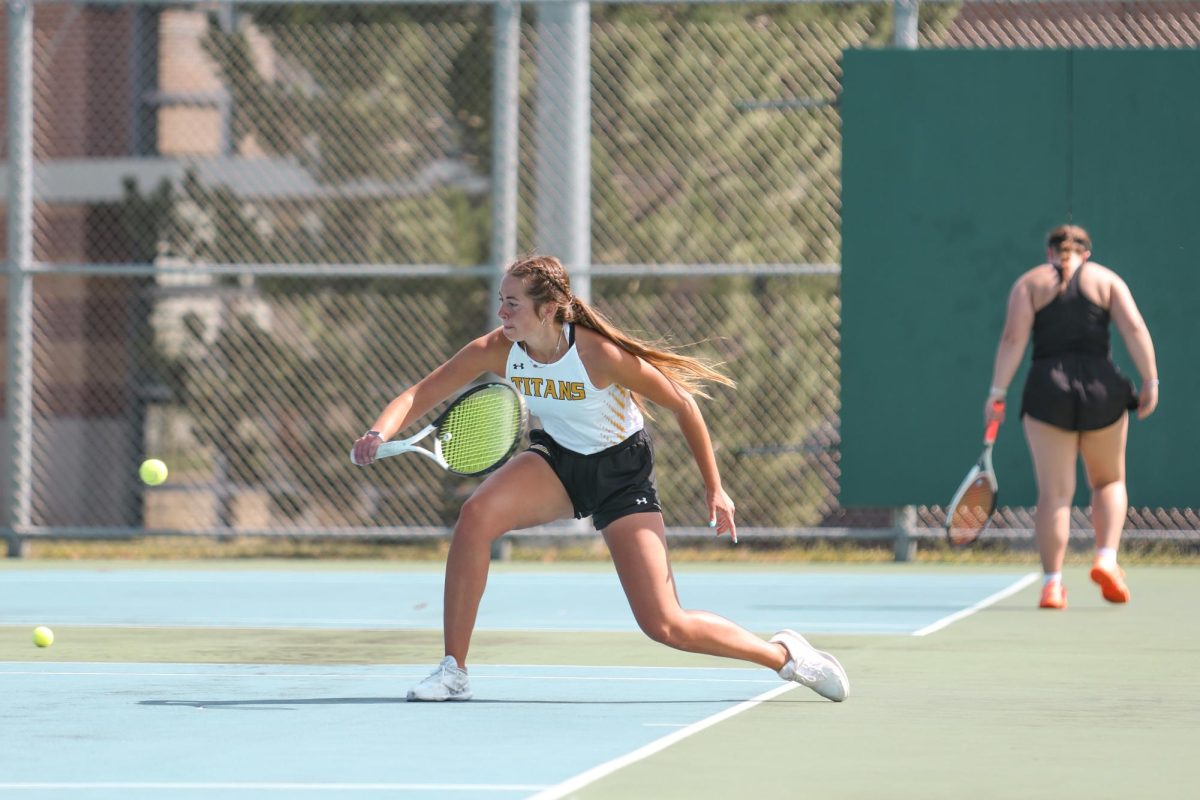March Madness is well underway and history’s been made, but in an interesting way. This is the first tournament since 2008 that the four No. 1 seeds have advanced to the Final Four, when North Carolina, Kansas, Memphis and UCLA did it. Also, this is the first time since 2017 that a team seeded 13 or higher didn’t win a game in the first round.
One of the five double digit-seeded teams to win in the first round, Colorado State, which was the No. 12 seed in their region, was a betting favorite against fifth-seeded Memphis. Arkansas, which was the highest seed at tenth to make any sort of a run, lost in the Sweet 16 in overtime to third-seeded Texas Tech.
Arkansas is sparking debate because the only “Cinderella story” spent over $5 million on NIL to build a roster for its newly-hired legendary head coach John Calipari. This was largely funded by John H. Tyson, chairman of Tyson Foods, according to athlonsports.com. So was Arkansas really a Cinderella?
Top-seeded dominance has been rare in recent tournaments. We’ve seen multiple No. 1 seeds fall in the first round in just the last decade along with other notable upsets by Saint Peters, Oakland, the list goes on and on. This year was different.
Kenpom.com, which is regarded as the best college basketball rankings, had Auburn, Duke, Florida and Houston as the No. 1 seeds. The teams were entering the tournament as the only schools with both offensive and defensive efficiency ranked top 10 in the country. No other school was close.
Thankfully, the tournament has delivered some great games as of late.
Texas Tech versus Arkansas was a classic, Purdue versus Houston ended with a game winner and the Maryland versus Colorado State game ended with an awesome shot by projected NBA lottery pick Derik Queen, but that’s really it. Only a few memorable moments, and compared to previous years, it’s lackluster.
Everyone’s wondering why this skill discrepancy is happening, and most are coming to the conclusion that this is a result of NIL money and the transfer portal.
“The NCAA transfer portal opened on Monday for college basketball and there was no shortage of student-athletes looking for a change in scenery,” Austen Bundy, in an article for sportingnews.com, wrote. “In fact, more than 700 players entered the portal on just day one. For context, the NCAA record was 291 set in 2024. In 2023 just 175 entered after 24 hours and that was considered a high amount.”
Some players fresh off losses in the tournament have already found new schools. Donovan Dent, star guard for New Mexico, had transferred to UCLA five days after a loss to Michigan State. Justin Pippen, a guard for Michigan, entered the portal before the team had been eliminated from the tournament according to msn.com. The season wasn’t even over!
I personally don’t know why that’s allowed, but it’s getting out of hand. Players and programs are ruining the purpose of transferring and what it means to transfer. It’s become an expectation that mid-majors will be stepping stones for athletes rather than a potential developmental home.
The transfer process isn’t unfamiliar, and mid-majors being a stepping stone isn’t either, but the rate at which it’s happening is alarming for the state of college basketball.
Before the Sweet 16, Brigham Young University head coach Kevin Young spoke with the media and attributed the school’s donor base as a reason why he came to coach at the school.
“I mean, if you can show me a school whose donor bases don’t deserve credit, I’m all ears,” Young said. “That’s just what it is… So that being said, one of the reasons I wanted to come to BYU was because of the fan base, donor base, base in general.”
Money is reaching a point in college sports where it’s not only impacting where the athletes take their talents, but also the coaches. Coaches and players know where the money is, which is Power Five schools that have alumni devoted to seeing these programs succeed athletically.
“Kids are smart; they see what’s out there, and they think that they can better their situation by going in the portal and maybe going to a bigger school that can offer more to them,” Young said.
Young isn’t wrong; there’s plenty more opportunity for athletes at a Power Five school, but why is it so easy for athletes to move around year after year?
The lack of limits on what an athlete can do is why I believe there’s the current skill discrepancy. Schools are building loaded rosters with the help of their donors because they can pay them more, simple as that. It’s unreasonable to blame the player for chasing success; what’s not unreasonable is asking for the NCAA to fix it.
How are fans supposed to be excited for March Madness when we know how it’s going to turn out? The beauty of the tournament relies on its mystery and oddities. There’s nothing like the three-week period where everything else in sports seems to be shut off, and all the focus is on college basketball playing all day.
No one wants to hold back the athletes from making money off their name, image and likeness, we just want college basketball and March Madness to stay exciting.


